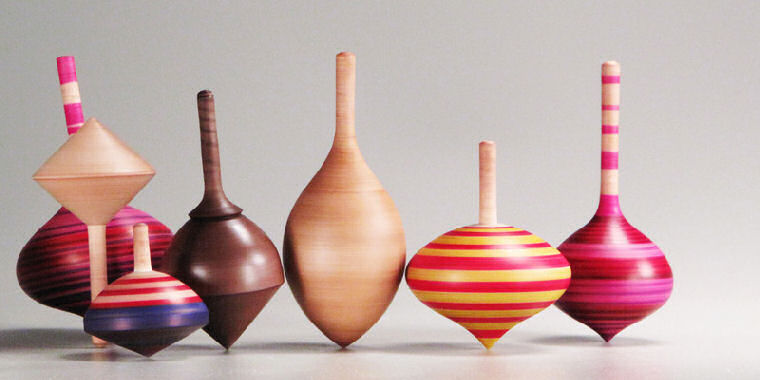Monthly Archives: March 2014
90.WHY DOES CORK FLOAT?
The little boy who brings his line to the old fishing hole uses a piece of cork as a “floater” without ever wondering what keeps that piece of cork bobbing on top of the water. But the capacity of cork to float has been known since ancient times, and cork life-preservers saved many a life thousands of years ago!
Cork is much lighter than water. The reason it floats is that water does not easily penetrate the walls of the cells, which are filled with air. This prevents the cork from becoming water-logged and sinking.
89.WHY DOES A TOP SPIN?
If you put a pencil on a table and give it a twist, it will spin around several times. So will a ball, or in fact, any object that you can make turn. So what makes a top spin, is the force, or energy, you apply to it.
But what keeps a top spinning? And why does it keep spinning in a certain position!
88.WHY DOES A PRISM PRODUCE COLORS?
Did you ever look at the edge of a mirror, where the glass is cut at an angle, and see all the colors of the rainbow there? The glass was acting as a prism. What was taking place was the “dispersion” of light; what you saw was the “spectrum.” Now let’s see what all of this means.
When light passes from air into water, or from air into glass, it is changed in direction. This change is called “refraction,” and you’ve probably noticed it thousands of times! For example, you’ve seen a spoon slanting into a glass of water. At the surface, the spoon looks as if there’s a sharp bend in its handle. This is because the water has bent the beam of light slightly.




